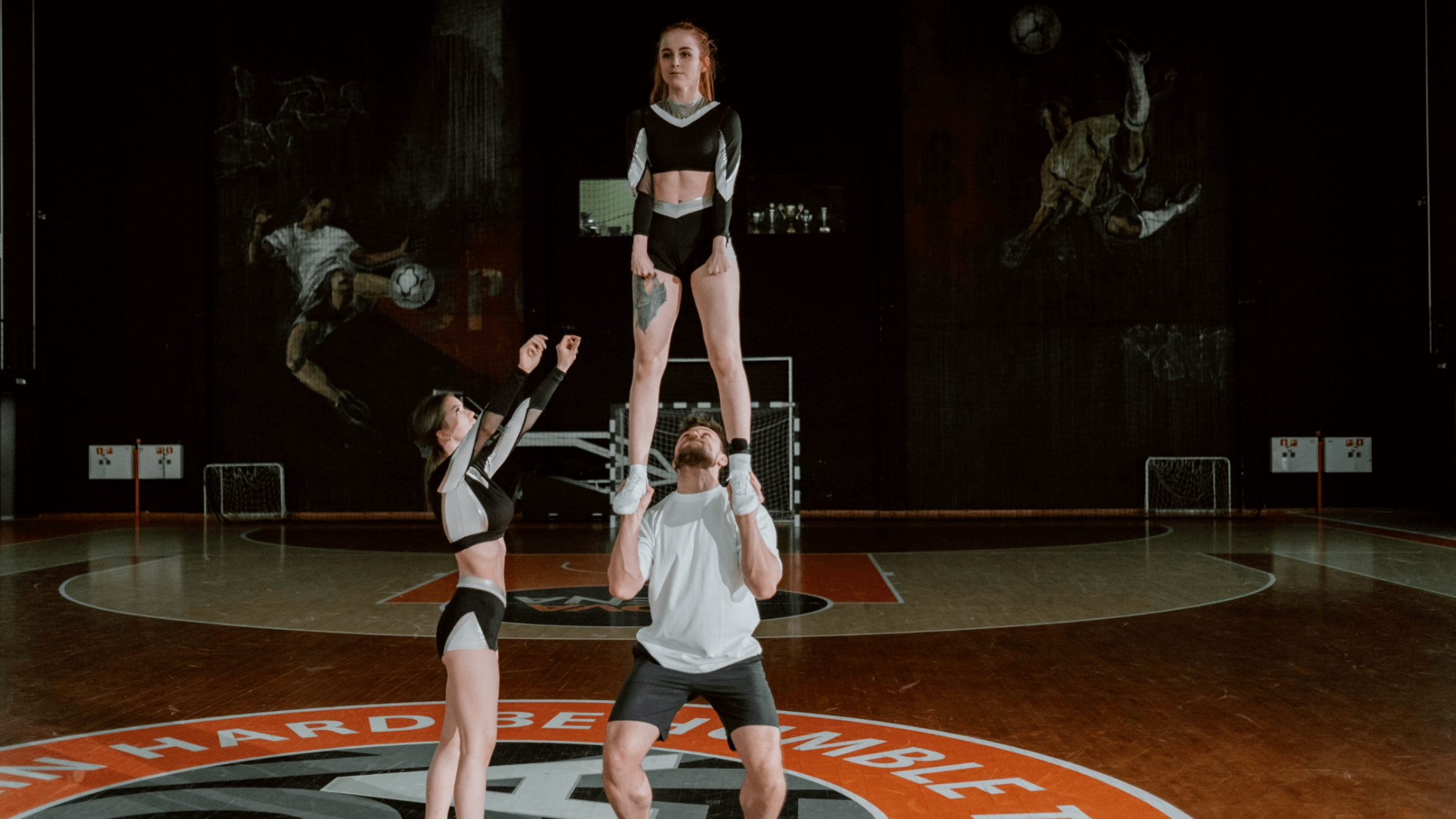7 Key Tips for Cheerleading Safety and Injury Prevention

Licensed Physical Therapist, PT, DPT // Dry Needling Certified // Orthopedic Certified Specialist // EW Motion Therapy Homewood
Cheerleading has come a long way from its origins as a sideline activity. Today, it's a highly competitive sport that requires excellent athleticism and skill. However, with the increasing complexity of cheerleading routines and stunts comes an increased risk of injury. Cheerleaders, coaches, and parents must prioritize safety and injury prevention in a school or a competitive team. Our cheer specialists at EW Motion Therapy can help cheerleaders of all levels overcome their movement impairments, prevent injury, and condition their bodies to progress skills. Even if you decide our services do not fit your needs, you can still read on to learn critical tips for preventing cheerleading injuries.
7 safety tips for cheerleaders
Proper training and conditioning
Cheerleading requires physical strength, endurance, and flexibility. Cheerleaders need to undergo proper training and conditioning to reduce the risk of injury. This includes regular practice of skills, as well as cross-training exercises to improve strength and flexibility. Coaches should ensure that all cheerleaders are physically ready to perform the skills required for their routines. Here are some other ways to prevent injuries:
- Build strength and endurance: Cheerleading requires a lot of physical strength and endurance, particularly in the arms, legs, and core. Through regular training and conditioning, cheerleaders can build muscle and improve their stamina, making them less prone to injury.
- Improve flexibility: Cheerleaders must be able to perform a wide range of movements. By incorporating stretching and flexibility exercises into their training, cheerleaders can improve their range of motion, reducing the risk of strains and sprains.
- Practice proper technique: Cheerleading skills require precise movements and positioning. Good technique is crucial for preventing injury. Cheerleaders can refine their technique through regular practice and coaching, reducing the risk of falls and other accidents.
Use proper equipment
Cheerleaders should always wear appropriate footwear, such as athletic shoes with good support and grip. Mats and padding should be used during practices and competitions to cushion falls and reduce impact. Cheerleading uniforms should fit properly and be free of loose or dangling pieces that could get caught during stunts.
Spotting and supervision
Spotting is a critical element of cheerleading safety. Spotters should be present during stunts and tumbling to help ensure cheerleaders land safely and prevent falls. Coaches should also supervise practices and competitions to ensure all safety protocols are followed. Here are some reasons why spotting is essential in cheerleading:
- Prevent falls: Cheerleading stunts and tumbling involve complex movements and positioning; even the slightest misstep can lead to a fall. Spotters help prevent falls by supporting and stabilizing the cheerleader during these high-risk activities.
- Reduce impact: Even when stunts are executed correctly, they can still involve significant impact. Spotters can help reduce this impact by assisting with dismounts and helping to absorb the force of the landing.
- Improve confidence: Cheerleading can be a mentally challenging sport, particularly when executing high-risk skills. Knowing that spotters are present can help cheerleaders feel more confident and secure when performing these maneuvers.
- Provide feedback: Spotters can provide valuable feedback to cheerleaders during practice, helping them improve their technique and execution. This can help prevent injury by ensuring that stunts are performed correctly.
Stay hydrated
Dehydration can lead to muscle cramps, fatigue, and other health issues that can increase the risk of injury. To stay hydrated, cheerleaders should drink plenty of water before, during, and after practices and competitions.
Pay attention to warning signs
Cheerleaders should pay attention to any warning signs of injury, including pain, swelling, stiffness, weakness, numbness and tingling, or fatigue. Ignoring these symptoms can lead to more severe injuries. Cheerleaders should communicate any concerns with their coach or athletic trainer.
Know the rules
Cheerleading safety rules are designed to protect cheerleaders from injury. Cheerleaders should be familiar with the rules of their sport and adhere to them at all times. This includes regulations related to stunts, pyramids, and other high-risk activities.
Get proper medical care
In the event of an injury, seeking proper medical care as soon as possible is essential. Cheerleaders should have access to an athletic trainer or medical professional who can provide immediate care for injuries.
Do cheerleaders need physical therapy?
Cheerleading is a demanding and physically challenging sport that requires a focus on safety and injury prevention. By following these tips, cheerleaders, coaches, and parents can help reduce the risk of injury and ensure that cheerleading remains safe and enjoyable. Along with resting between practices and watching for warning signs of injury, physical therapy can also be an excellent resource for cheerleaders, whether you are injured or not. A physical therapist can watch you move and assess areas of improvement - our cheer specialists do this every day for our clients at EW Motion Therapy. If you are curious about what else physical therapy can do for you, click the button below to download our answers to 20 frequently-asked physical therapy questions.


